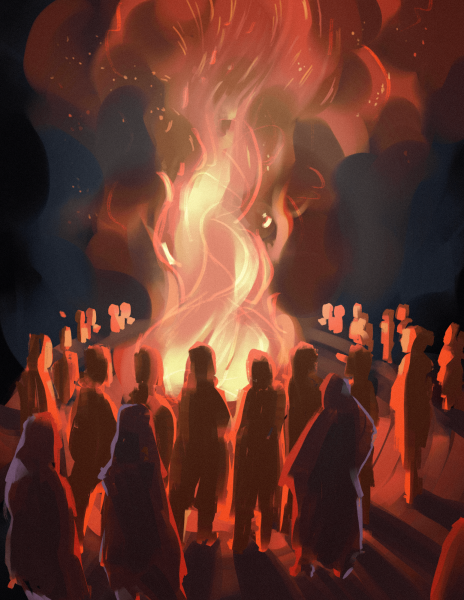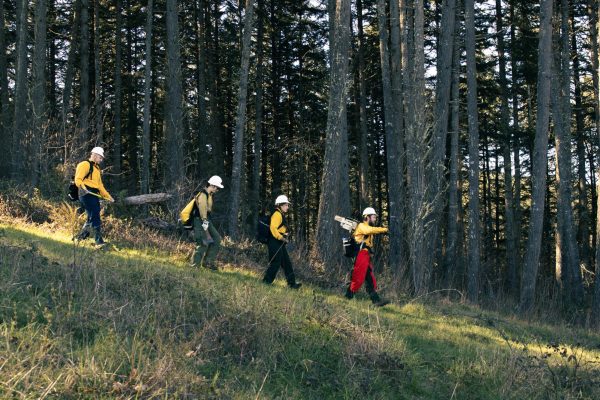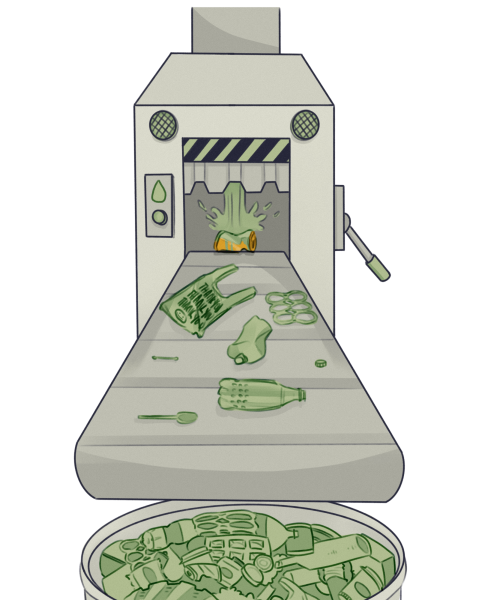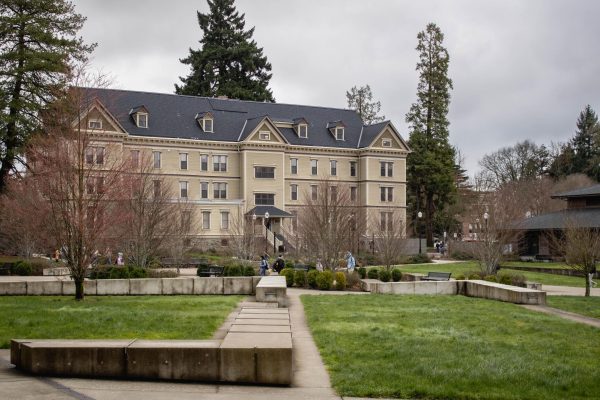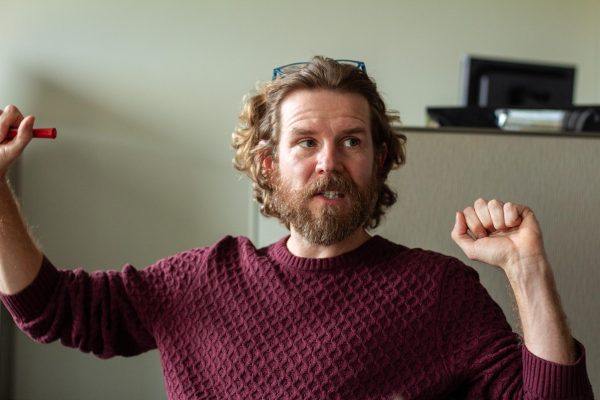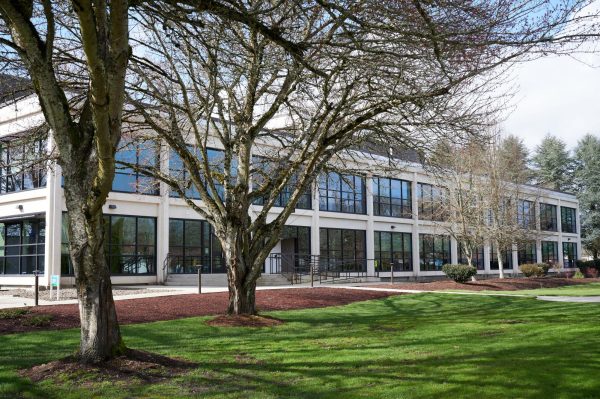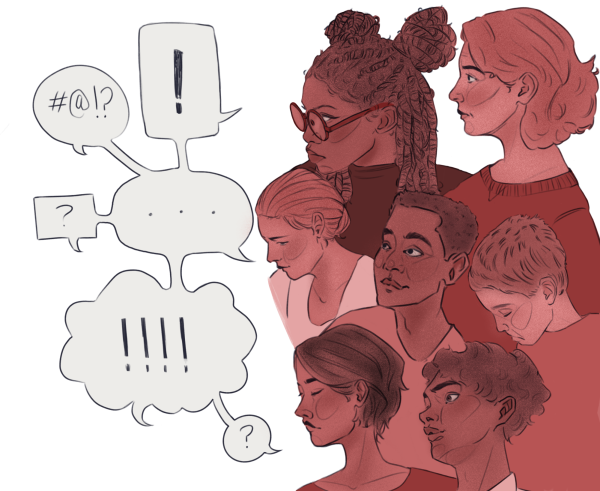Tracing history: Mapping the evolution of OSU’s cultural centers
November 3, 2022
Oregon State University is home to no less than seven different cultural centers, dating back to the 1970’s and increasing in number up to the 2010’s. These centers were, of course, made to fill the needs of certain minority groups, but few people actually know the history of the centers.
The Centro Cultural César Chávez was founded in 1972, and focuses on the needs of Latinx and Chicanx students and people, as well as bringing attention to the struggles they face. Originally, the founders of the center met in the basement of Milam Hall, but they opened their own, new location in 1977. The center contains a library of literature related to Latinx culture, a kitchen, computers and printers, a lounge with TV, video games, and movies, a study space, quiet room and gender-inclusive restrooms.
The second center to be opened on campus is the Hattie Redmond Women and Gender Center, created in 1973. Their projects are generally focused on women’s issues on campus, the wider Corvallis community, and the world in general. They aim to create a culture on campus that accepts differing perspectives, celebrates diversity, and is free of violence and harassment. It was originally founded to help combat issues of sexual violence on campus.
The third of the centers created was the Kaku-Ixt Mana Ina Haws in 1973. It is the campus representative of people of the indigenous Americas and Pacific Islanders. Originally named the Native American Longhouse until 2013, it came from the Native American Student Association, and was connected to the Confederated Tribes of Grand Ronde, a reservation partially for the tribe whose historical land OSU’s campus was built on.
The Lonnie B. Harris Black Cultural Center was founded in 1975, and they work to empower and retain black students by offering leadership opportunities and promoting an environment of cultural diversity. It was founded to counteract an issue of loss of students of color in the late 1960s due to discrimination. Originally, in 1973, there was a cultural center for all students of color, but in April of 1975, the Black Student Union created the cultural center specifically for Black students.
The Asian and Pacific Cultural Center, founded in 1991, was established to create a welcoming environment for students from Asian and Pacific Islander backgrounds. There was an initiative for the establishment of an Asian cultural center as far back as 1980, and originally held a space in Snell Hall, before moving to their own building, and eventually getting their current building in 2014. Unique to the center is a community garden that all students can enjoy.
In 2006, the Pride Center was created to provide support to all members of the LGBTQ+ community, whether on campus or online. The need for the center was originally identified in 1999, and the center obtained a space in the women and gender center in 2000, before the building was eventually constructed. Currently, the building is undergoing renovations that are under construction as of August, according to their website.
The most recent, though potentially not the last, center to be instituted at OSU is the Ettihad Cultural Center in 2012. It is supportive of students of North African and West, Central and South Asian descent, as well as those from the horn of Africa. It was originally founded as a student organization and was moved around some, before coming to their current home in the Student Experience Center. Each spring term, the center holds a cultural festival that often draws crowds in the thousands.



